What if you were told that babies as young as six weeks old are being diagnosed with high blood pressure? It sounds shocking, even impossible. But this is the reality in Karnataka today. A health screening conducted across schools and anganwadi centres in 2024-25 revealed something alarming: around 7.2 lakh children in the state are already living with hypertension.
Hypertension or high blood pressure has always been thought of as an “adult problem.” We linked it to stress, bad lifestyles, or simply old age. But that belief has now been broken. What’s happening in Karnataka is a silent epidemic, and most parents are still unaware that their own children may be at risk.
This isn’t meant to scare you, but to wake us all up as parents.
The Numbers Parents Should Know
The state health department, under the Rashtriya Bal Swasthya Karyakram (RBSK), screened about 1.23 crore children, between six weeks and 18 years, for 40 different conditions. For the first time, hypertension was included in this check. That’s when they found millions of young lives already struggling with the condition.
These children are now being referred to primary health centres and hospitals. Some need medicines, while others are being guided to change their lifestyle—better diets, more activity, and reducing stress.
The shocking part? Experts are calling this the “hidden epidemic.” Children are walking around with high blood pressure, but most parents and even many schools don’t realize what’s happening until screening is done.
Why Are Kids Getting Hypertension?
Doctors and researchers point to a mix of factors. And sadly, many of them are linked to modern lifestyles that children are unknowingly trapped in:
- Excess salt and sugar: Packed snacks, chips, noodles, and sodas are becoming part of daily meals. These hidden salts and sugars increase blood pressure.
- Ultra-processed food: School tiffins, bakery items, processed meats, and ready-to-eat foods are loaded with preservatives and unhealthy fats.
- Sedentary lifestyle: More screen time, less playground time. Children spend hours with tablets and mobiles, but rarely run outdoors.
- Obesity: A natural outcome of poor diet and inactivity, obesity is driving hypertension in kids faster than ever.
- Genetic factors: If hypertension runs in families, children are more likely to develop it earlier.
The truth is that our kids’ bodies are showing the consequences of habits we never thought were dangerous at their age.
Why This Matters
High blood pressure in children is not a small issue. Left unchecked, it increases the risk of serious conditions in adulthood, including heart disease, kidney damage, and strokes. The earlier it is diagnosed and managed, the better chance a child has to live a healthy, complication-free life.
Experts at AIIMS Rishikesh warn that if children don’t get screened early, we are basically letting the problem grow silently until it explodes later.
What Parents Can Do Right Now
Parents can make a huge difference. Childhood hypertension is strongly tied to lifestyle and environment, which means prevention is possible. Here are steps every parent in Karnataka (and beyond) can take:
- Watch the plate: Limit the intake of chips, namkeen, instant noodles, burgers, and sugary soft drinks. Replace them with fruits, homemade snacks, and simple meals.
- Say no to excess salt and sugar: Read food labels carefully. “Healthy-looking” packaged foods often hide high levels of both.
- Encourage outdoor play: At least 60 minutes of active play, such as running, cycling, skipping, or dancing, helps keep a child’s heart healthy.
- Reduce screen stress: Too much phone or TV time not only keeps children sitting but also raises stress levels, both of which affect blood pressure.
- Balance academics: Overloading children with endless tuition and homework can increase mental stress. Learning needs to be engaging but not overwhelming.
- Regular health checks: Even if your child seems healthy, consider getting their BP checked during routine health visits. Early detection changes everything.
- Set an example: Children copy what they see. If you eat healthy and stay active, they’re more likely to follow too.
The Role of Community and Schools
While parents can take action at home, larger support is needed. Experts say schools should include lessons on food habits and lifestyle choices as part of the syllabus. Public health authorities are considering playing health-related messages in between kids’ television shows, so awareness seeps in early.
The government has also been urged to extend screening not just to young children but also to adolescents and youth up to 30 years, since this group often goes unnoticed in health programs.
Conclusion
We parents rarely think of hypertension when we look at our kids. Coughs, colds, fevers; we’re used to these. But high blood pressure? That’s something adults deal with, right? Wrong. Karnataka’s data is proof that children are very much at risk, and unless we act now, the numbers will climb further.
Let’s not wait until a doctor tells us our child needs medicines. Small, consistent actions at home, such as eating healthy foods, spending more time outdoors, and reducing junk food consumption, can go a long way in protecting our children.
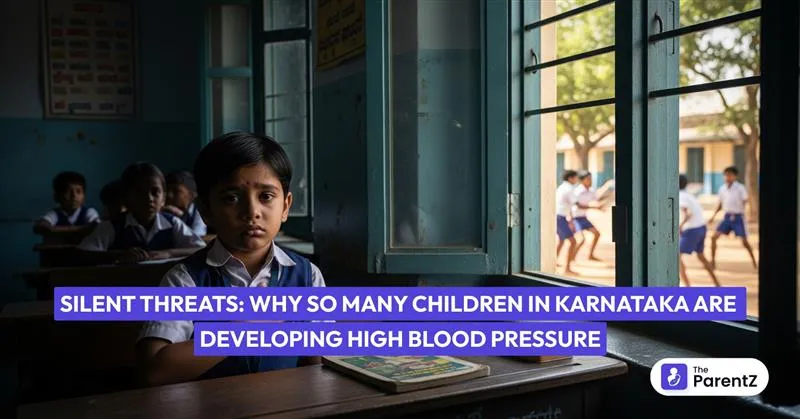

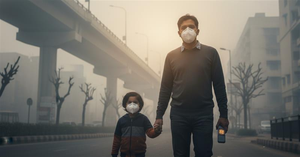
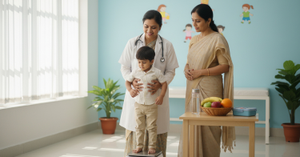
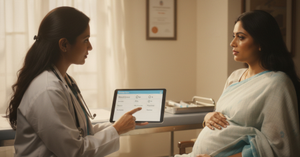
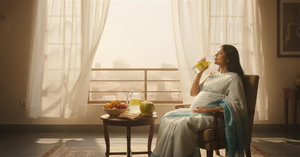
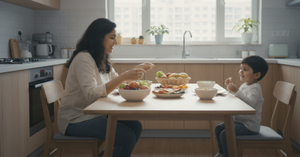
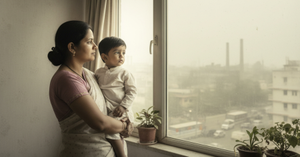
Be the first one to comment on this story.